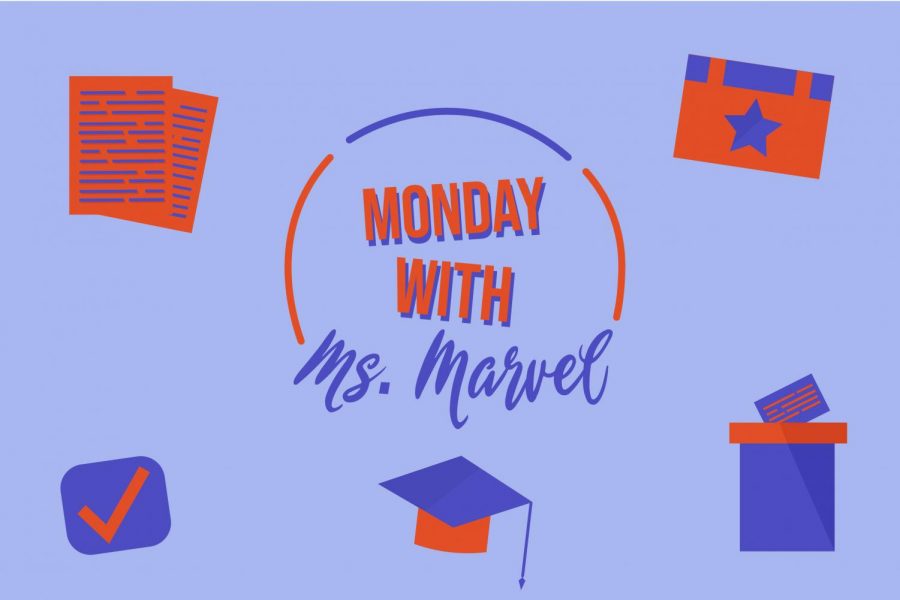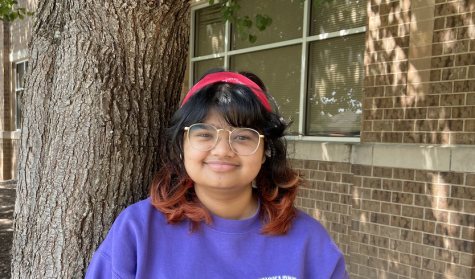Monday with Ms. Marvel: history class needs nuance
In her weekly column, Monday with Ms. Marvel, Wingspan’s Trisha Dasgupta reviews different political issues and relatable topics in everyday life.
October 5, 2020
If you’ve ever scrolled through the TikTok For You Page, then you’ve probably come across videos titled something like “This is what schools don’t teach you in history.’’
These videos usually detail various historical events where our country was not necessarily the good guy, and they usually get hundreds of thousands, sometimes millions, of views. People are obsessed with this type of content, and it’s honestly not a huge surprise.
Most of my generation has dealt with political disillusionment from a very young age, and it’s strange to sit in history classes where the United States is always the good guy when you’re a teenager watching the biggest social movement since the 60s unfold before your very eyes.
It’s simply not productive to teach students a one-sided view of history, and it’s time history curriculum adds in nuance.
This year I’m taking American Studies, which is the Gifted and Talented program’s history course for juniors. It is a mix of AP Language and AP United States History, and this year has been the first year in all of my time in the public school system where I have been taught unadulterated indigenous history. We read first hand accounts from Native nations and studied these cultures as they were before colonization. We were also taught the different ways the colonizers treated the Indigenous, which was really shocking to some of my classmates.
I have had really good experiences in my GT history classes like Humanities and now AMSTUD, where my teachers have gone out of their way to implement more nuanced learning where we get to know more about cultures and events that wouldn’t have been taught in on-level or even most AP classes. These experiences have helped shape my perception of the world, however, students not in the Gifted program should also have the opportunity to learn about these events and cultures.
Teaching students about the Trail of Tears, the World War II Japanese internment camps, the boats of Jewish refugees turned away during the Holocaust, and all of the other dark times in our history is vital to our future.
When we teach students about the times in history where we went wrong, it prevents us from having to repeat it.
Most history courses are set up to have students memorize dates and figures, but history is way more than that. History is all of the events and happenings that led us to where we are today, how our culture formed and what our society was built on. It is more than a few dates and dynasties, it is more than a textbook chapter that recites different battles from different wars.
And we need to start acting like it. Our curriculum needs to change to teach nuance and complexity in order to give students a better understanding of everything that happened to get to where we are as a country and society.
Incorporating current events and drawing parallels to historical events, showing darker times in our history, having readings from BIPOC authors and minorities, and implementing different and new ways to teach this material will help kids gain a better, well rounded concept of history.







